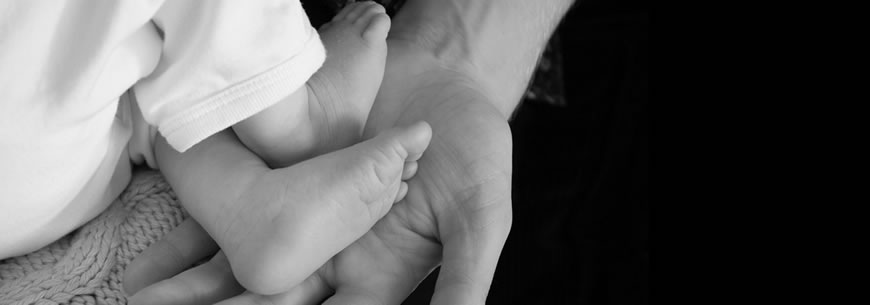Bunions in Children
What are bunions?
This is a condition where the big toe becomes deviated towards the smaller toes in the foot and at the same time a bump or “bunion” develops on the side of the big toe.
Is it normal?
This is a difficult question to answer because many people have bunions with no symptoms so to them there is nothing wrong. Having a bunion in childhood may be familial, passed from generation to generation and is simply the way the foot is shaped. In adults there may be an association with tighter footwear but in children this link is unlikely.
What is the cause of bunions in children?
Usually no cause is found, it may run in families and it is just the way the foot is shaped. Some children have “over-pronated” feet and their ligaments can be generally lax with a bunion.
Some children with disorders affecting the nerves and muscles such as spina bifida, cerebral palsy or muscular dystrophy can have bunions. Bear in mind the diseases are usually diagnosed beforehand, and not just picked up because of a bunion.
What are the symptoms?
Children with bunions may complain of pain around the toe especially in tighter shoes. Sometimes it is simply that the patient is unhappy about the appearance of the toe being pushed sideways.
How do you diagnose the condition?
Clinical examination can diagnose a bunion. The patient should be checked for laxity in their ligaments and X-Rays performed to look at the bone positions.
How is it treated?
In the vast majority of cases no treatment is required. Patients and parents often look for reassurance. Wider fitting shoes are an appropriate next step in the treatment plan. There is good evidence to suggest that operating on a younger teenager is more likely to be unsuccessful due to the higher rate of recurrence of a bunion so surgery should ideally be delayed until adulthood.
When should you have surgery?
Surgery is not routinely advocated as first line treatment. If surgery is performed then it is often done once adulthood is entered but the exact timing can be discussed with your surgeon.



